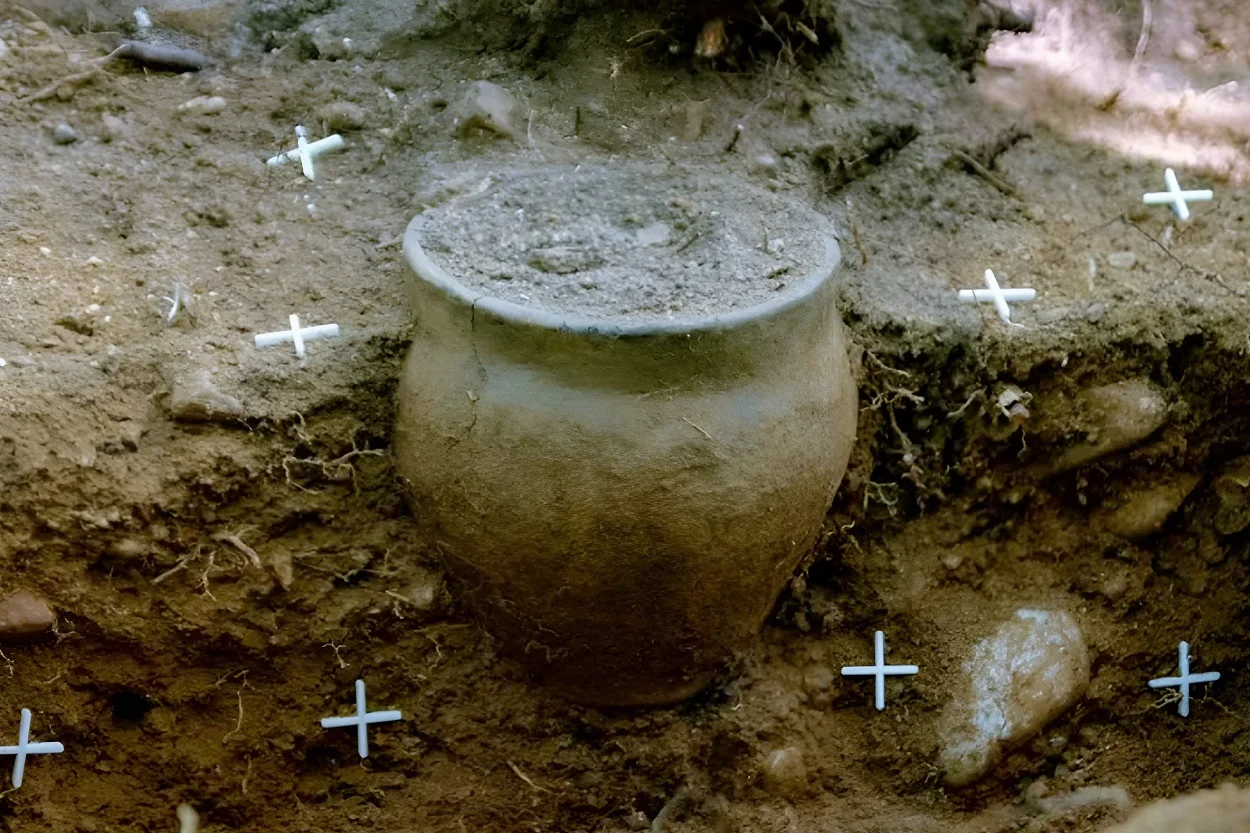Archaeologists from the University of Lodz have discovered ceramic urns at a Przeworsk culture cemetery near Kutno in Lodz Province, Poland.
The Przeworsk culture emerged in the 3rd century BC during Poland’s Iron Age. The culture takes its name from the town of Przeworsk and was an amalgam of a series of localised cultures that merged into a distinct culture.
The decline of the culture in the late 5th century aligns with the Hunnic invasions. Additional contributing factors may have included a social crisis triggered by the collapse of the Roman world and the disruption of trade networks it sustained with neighbouring peoples.
Excavations directed by Dr. Wojciech Rutkowski and Irena Podolska-Rutkowska from the Institute of Archaeology at the University of Lodz have uncovered both pit and urn burials at a Przeworsk culture cemetery first identified in 1911.
The cemetery dates from the 2nd and 3rd centuries BC and contains a variety of cultural burial practices such as graves marked with bruczkas (small stones), in addition to graves marked by stone circles, a burial custom more commonly associated with the Wielbark culture of Pomerania.
Dr. Rutkowski said: “Some of the human skeletal remains left after burning on the funeral pyre are found in pits, and some in urns, or funeral urns. Both types of burials come from the same period and we are unable to say where this diversity in one cemetery comes from.”
Archaeologists also found funerary objects placed on the graves which are still in situ. Upon clearing away a few centimetres of surface material, they found artefacts such as clay cups, clothing, ceramics, combs, and pendants.
Header Image Credit : University of Lodz
Sources : Science In Poland





